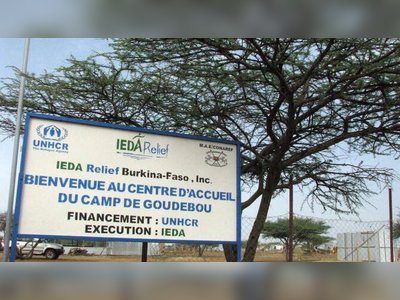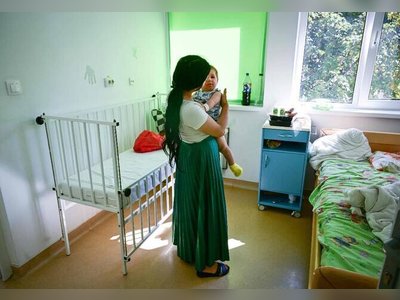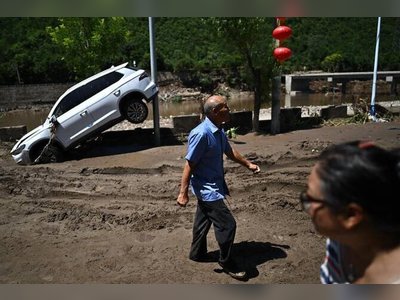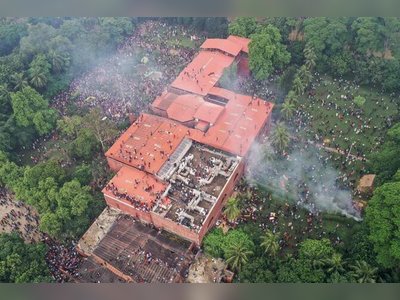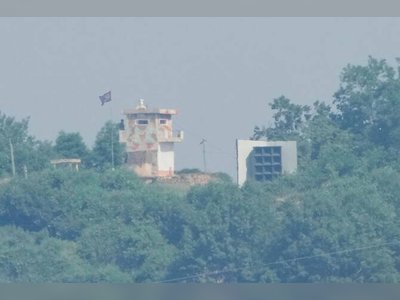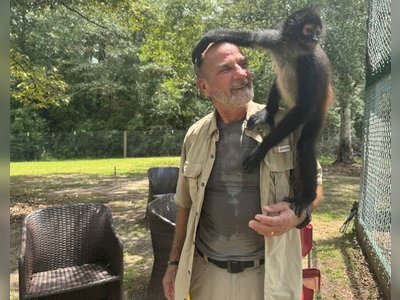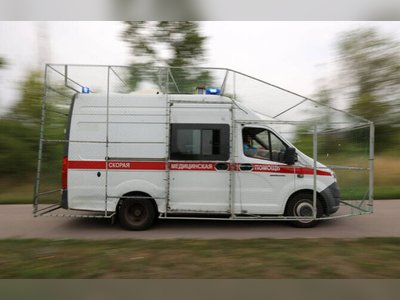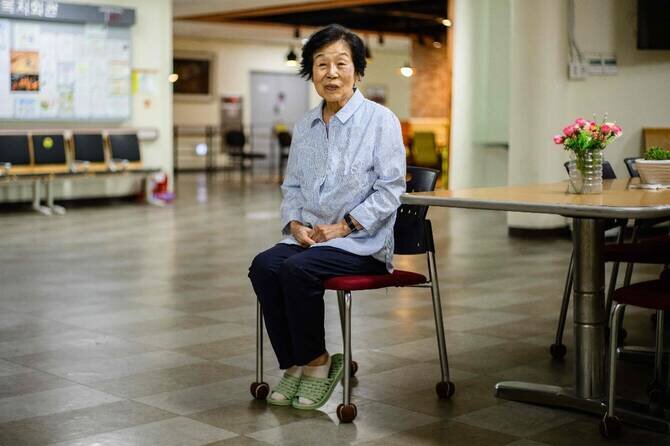
Eighty Years On, Korean Survivors of WWII Atomic Bombs Continue to Suffer
Korean survivors of the Hiroshima and Nagasaki bombings in World War II still face suffering due to health issues and stigma.
On August 6, 1945, Bae Kyung-mi was just five years old when the Americans dropped 'Little Boy,' the atomic bomb that decimated Hiroshima.
Thousands of ethnic Koreans working in the city at the time feared stigma from performing menial work for colonial ruler Japan and spread false rumors about radiation sickness being contagious.
Bae recalls hearing planes overhead while playing at home, and within minutes, she was buried under rubble.
Her family moved back to Korea without ever speaking of their experience.
The bombing killed or injured over 740,000 people, with more than 10 percent of the victims being Korean due to large flows of people to Japan during its colonization of the Korean peninsula.
Survivors in Japan faced both atomic bomb-related and anti-Korean sentiment.
In Korea, survivors struggled with health issues and stigma after returning from Hiroshima.
A special center set up in Hapcheon, South Korea, for victims of the bombings has 82 residents currently, while it is believed that there are around 1,600 South Korean survivors still alive nationwide.
The South Korean government provides a monthly stipend of approximately $72 to these survivors but does not assist their offspring or extended families.
The Hapcheon center will hold a commemoration on August 6, hoping for more attention from politicians and others.
In Korea and Japan, survivors express concern that the world has not learned from the bombings as evidenced by recent statements comparing nuclear strikes to Hiroshima and Nagasaki.
Thousands of ethnic Koreans working in the city at the time feared stigma from performing menial work for colonial ruler Japan and spread false rumors about radiation sickness being contagious.
Bae recalls hearing planes overhead while playing at home, and within minutes, she was buried under rubble.
Her family moved back to Korea without ever speaking of their experience.
The bombing killed or injured over 740,000 people, with more than 10 percent of the victims being Korean due to large flows of people to Japan during its colonization of the Korean peninsula.
Survivors in Japan faced both atomic bomb-related and anti-Korean sentiment.
In Korea, survivors struggled with health issues and stigma after returning from Hiroshima.
A special center set up in Hapcheon, South Korea, for victims of the bombings has 82 residents currently, while it is believed that there are around 1,600 South Korean survivors still alive nationwide.
The South Korean government provides a monthly stipend of approximately $72 to these survivors but does not assist their offspring or extended families.
The Hapcheon center will hold a commemoration on August 6, hoping for more attention from politicians and others.
In Korea and Japan, survivors express concern that the world has not learned from the bombings as evidenced by recent statements comparing nuclear strikes to Hiroshima and Nagasaki.

